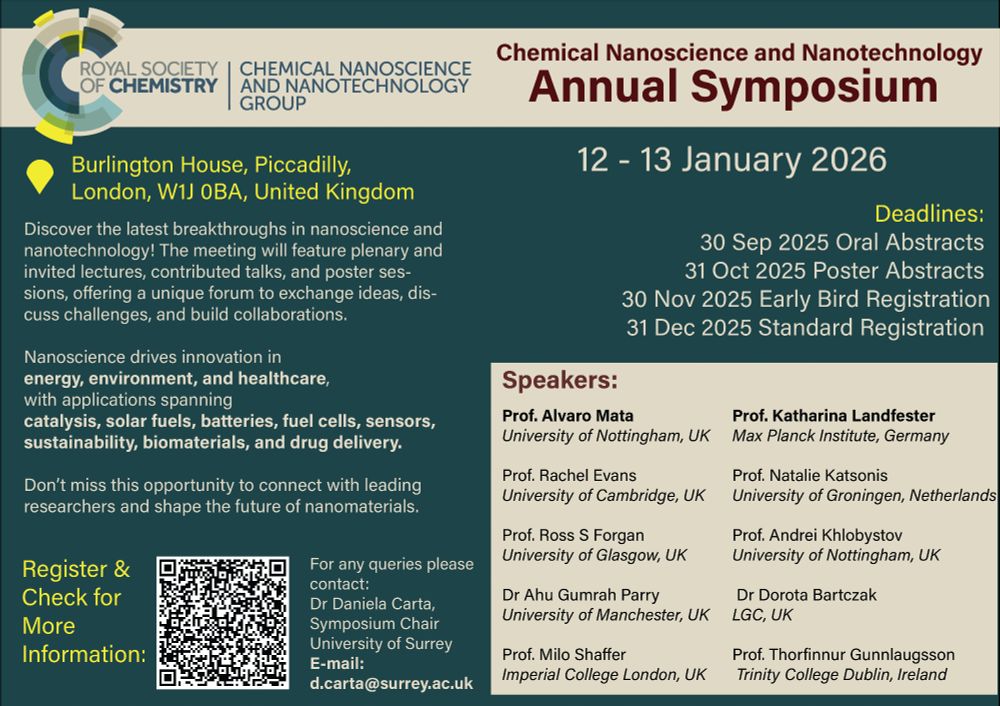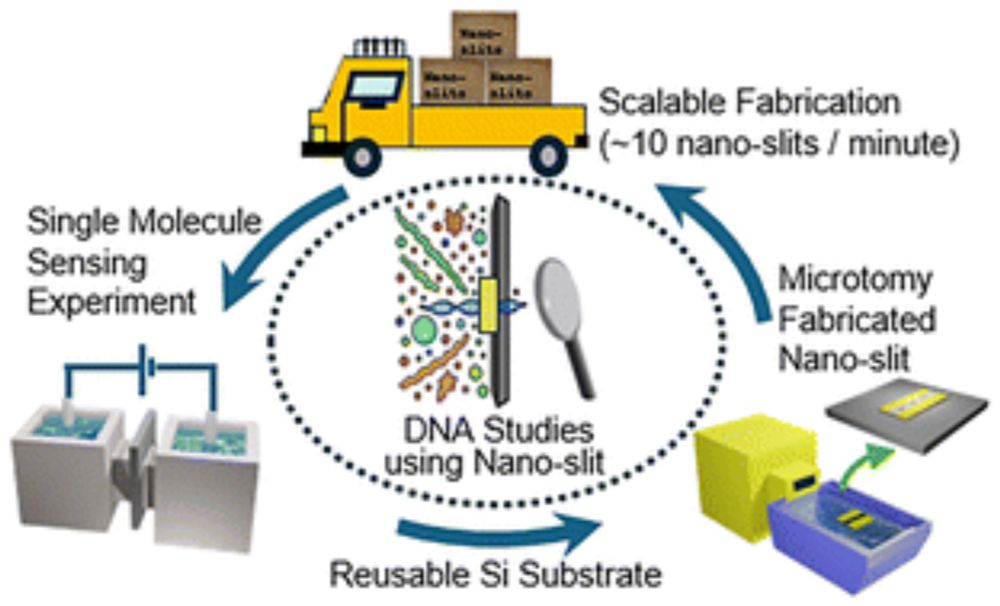RSC Chemical Nanoscience & Nanotechnology
@rsc-cnn.bsky.social
2.6K followers
360 following
140 posts
Royal Society of Chemistry Interest Group bringing together scientists, engineers, and industrialists with an appreciation for all things nano
Website: tinyurl.com/yy332as6
www.linkedin.com/groups/13114975
Posts do not represent the views of the RSC
Posts
Media
Videos
Starter Packs
Reposted by RSC Chemical Nanoscience & Nanotechnology
Reposted by RSC Chemical Nanoscience & Nanotechnology













